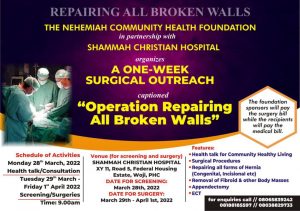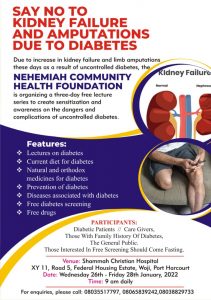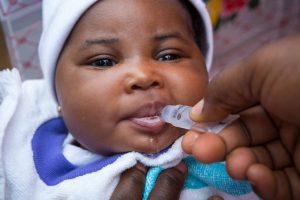Topical steroids are a common medication used to treat many types of skin diseases. When steroids were first used by dermatologists over 80 years ago, it was considered as a game changer for many patients with all sorts of skin diseases, such as eczema and psoriasis. However, over the years there has been a consistent abuse of these steroids by people for reasons ranging from cosmetics to self-medication.
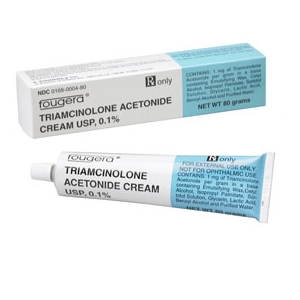
HOW STEROIDS WORK
They work mainly by;
- Shutting down inflammation and suppressing the immune cells in the skin.
- Interfering with the formation of collagen, a primary skin structural protein, leading to a loss of skin elasticity and thus a greater tendency towards stretch marks. Also muscle size may reduce
- Stimulating the sebaceous glands leading to over-production of sebum thus resulting to acne.
The risk of getting these side effects depends on;
1) The strength of steroids,
2) Type (e.g., lotion, creams, ointment, or foam) of steroids,
3) Frequency and duration of use, and
4) Where you are putting steroids on the body

NOTABLE NEGATIVE EFFECTS OF STEROIDS ON THE SKIN
The prolonged use/abuse of topical steroids on the skin can lead to one or all of the following:
- Atrophy: Skin atrophy is defined as thinning of the skin, and this is by far the most common side effect. It is generally accepted that all topical steroids can cause atrophy after prolonged use. Clinically, the atrophic skin tends to be more transparent, thinned, and fragile. It is believed that steroids suppress the cell growth and inhibit collagen production, which leads to the thinning of the skin.
- Telangiectasia is defined as an increase in number and size of small blood vessels on the skin. Typically, blood vessels are not easily seen on the skin. Because of thinning of the skin, the blood vessels become more visible. In addition, steroids stimulate the growth of endothelial cells (cells that create the lumens of the blood vessels), which lead to increased proliferation of blood vessels.
- Epidermal barrier disturbance: The skin provides a protective barrier between our body and the environment. Our skin not only prevents bacteria and allergens from entering our body, it also regulates temperature and water content. Steroids can damage the skin barrier resulting in an increased penetration of allergens and bacteria into the deeper layers of skin and body resulting in rash and infection, respectively. Also, damage to the skin barrier can make skin disease such as eczema worse.
- Steroid rosacea is defined as redness on the nose, cheeks, forehead, and chin. This symptom occurs when the steroid is used over a very long course period. Usually, middle-aged women experience this side effect. As mentioned before, topical steroids can thin the skin and increase the number and size of blood vessels. The end result is an increased redness on the face.
- Acne is a well-known side effect of topical steroid use. Steroids, at first, suppress inflammation of papules (small or raise pimples). Interestingly, short-term use of steroids can suppress inflammation seen in acne. However, prolonged use of steroids can trigger the flare of acne. This usually occurs on the face.
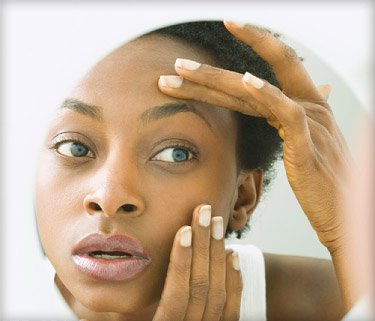
- Perioral dermatitis occurs when the long-term use of topical steroids leads to small, raised pimples and pustules around the mouth and chin. These raised pimples are commonly seen on women. In some instances, it has been seen on men and children as well.
- Steroid addiction: Some people who use topical steroids can become addicted to the medication. Steroid can initially calm down the inflammation and make skin diseases such as acne and rash disappear. For fear of the skin rash returning or getting worse when the medication stops, some people would not stop using it. Over prolonged use, steroids will definitely make skin worse. In severe worse case, patients may present as the “red burning skin syndrome.”
- Hypertrichosis refers to abnormal growth of small, thin and short hair on the cheek and upper lip. These are called vellus hair, which is very different from the long thick hair on our scalp. It is unclear why steroids trigger the growth of these small vellus hair. Although this side effect is more commonly seen in taking steroids by mouth, topical steroids can occasionally cause this side effect as well.
- Hypopigmentation is defined as a decrease in pigmentation or coloration of the skin. Steroids are known to suppress the production of melanin in the skin. This side effect is especially noticeable in African or sub-Saharan African individuals. These skin discolorations are typically reversible once the steroid is no longer used.
- Purpura, stellate pseudo scares, and ulcerations: Purpura refers to bruising, whereas stellate pseudo scares is white scarring that usually occurs on sun-exposed skin. In most cases, these side effects are commonly seen on the arms and legs. These symptoms occur because blood vessels lose their surrounding collagen and elastin, supporting structures in the deep layer of skin. Lesions may result, but this side effect is usually present when severe steroid use occurs. Purpura commonly causes spotting to produce on the skin.
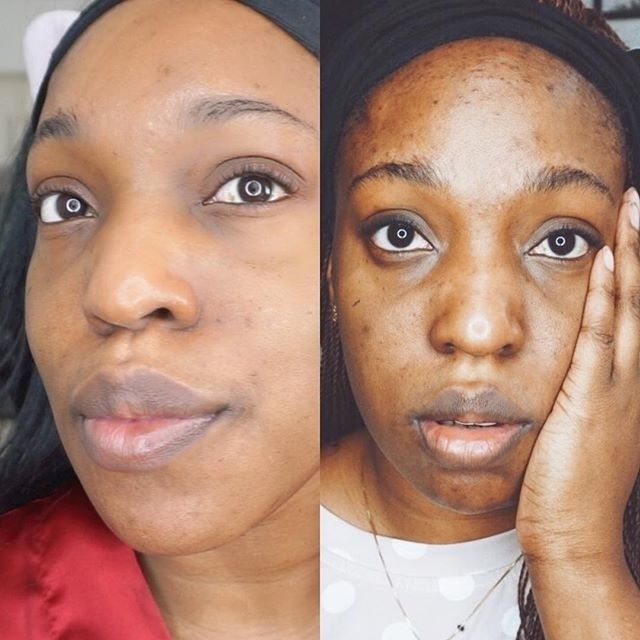
- Infections: skin infections are common in people who abuse steroids or patients receiving steroid treatment. It was estimated that the skin infection occurs between 16% to 43% of users who use steroids. In addition to bacterial infection, one can also have yeast and fungal infection.
- Delayed wound healing: Normal wound healing is a complex and carefully orchestrated process. Steroids interfere and inhibit the normal wound healing process. Steroids inhibit fibroblasts (cell deposit collagens) and keratinocytes (cell in the first layer of skin) causing thinning of skin and poor wound healing.
- Contact allergy to topical steroids: Steroids is often the first line of treatment for people with allergy or rash. However, some people can become allergic to steroid use. While rare, its effects can be serious, as people tend to believe their rashes are getting worse and apply more steroids with each use. The end result is the continued exposure worsens the skin disease. If you notice a reaction, such as an unusual amount of redness, itching, or burning sensation on or around where the topical steroid is applied, make sure to stop the use of the steroid.
Other Side effects include:
- Shrinking of the testicles
- Excessive hair growth in women
- Deepening of the voice in women
- Growth of breast tissue in men
- Fertility issues


